Cranberries are a North American natural fruit. Although you may link cranberries with Thanksgiving, this fruit can bring zing (plus a bunch of health benefits) to any dish. Cranberries are largely carbohydrates and fiber but contain roughly 90% water. Among the vitamins and minerals present in them include manganese, vitamin C, vitamin E, and vitamin K. On the other hand, raw fresh cranberries are often cooked due to their bitterness. Cranberries are most commonly found in juice form, however, cranberry juice often has added sugars. Is it okay to add cranberries to your diet? What’s the best method to consume them?
12 Facts about Cranberries
1. Antioxidant Powerhouse
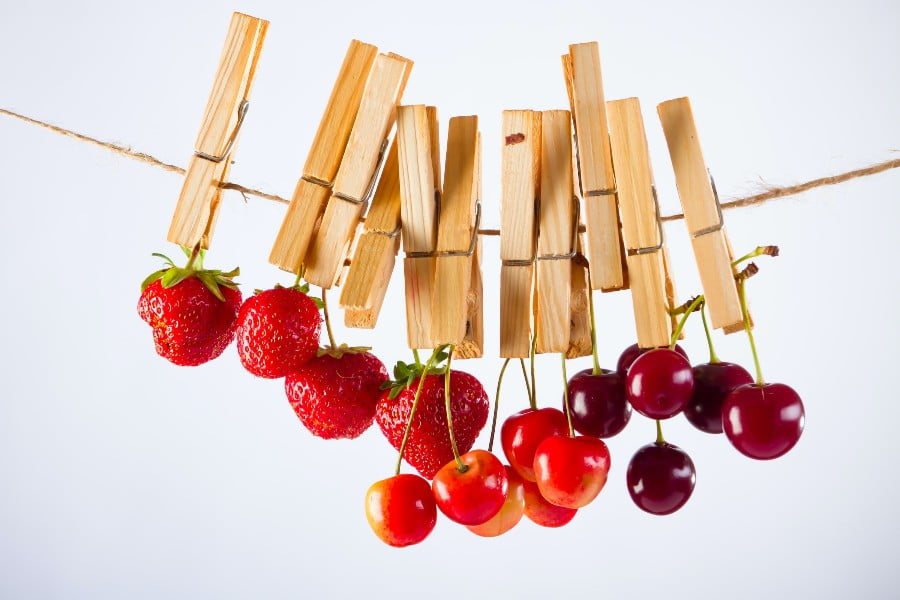
Did you know that cranberries, like strawberries, raspberries, spinach, broccoli, and cherries, outperform practically all fruits and vegetables in terms of disease-fighting antioxidants? In fact, one cup of cranberries has an antioxidant capacity of 8,983.
2. Improves Mental Capacity

According to Tufts University, the antioxidant and anti-inflammatory chemicals found in cranberries may help with memory and coordination. So, if you want to keep sharp, you should eat dried cranberries on a daily basis.
3. Keep Your Digestive System Healthy
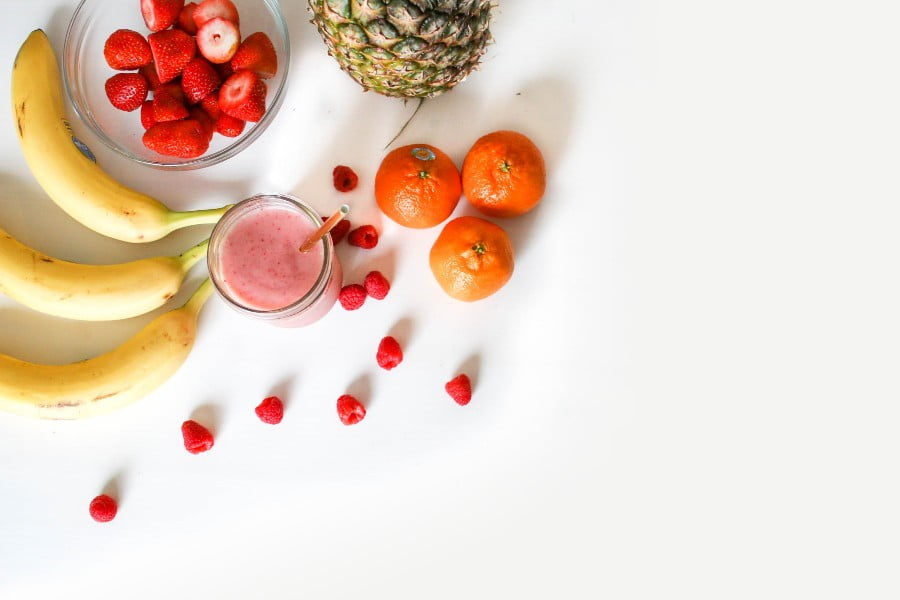
Cranberries can help send beneficial bacteria into your digestive tract if you eat an animal-based diet. “A-type proanthocyanidins, which are found solely in cranberries, may help reduce the nasty microorganisms that dwell in your colon.”
4. Assists In Weight Loss

Cranberry juice helps people lose weight by emulsifying body fat that has been collected over time. Its high fibre content enables you to feel satisfied for longer, according to a dietician in Delhi, Anshul Jaibharat.
5. It Nourishes The Skin

Cranberries, according to www.health.com, aid to nourish and soften the skin. For better effects, mix a quarter cup of honey with two teaspoons of dried cranberries and a quarter tablespoon of essential oil and apply it to your skin for 10 minutes.
6. Healthy Heart

According to research published in the British Journal of Nutrition, those who drink one glass of unsweetened cranberry juice every day had a 10% rise in HDL cholesterol (good cholesterol). Cranberries’ polyphenols may lower the risk of cardiovascular disease by avoiding platelet clumping and lowering blood pressure.
Read also – 25 Fascinating Facts about Seahorses
7. Cancer Can Be Prevented
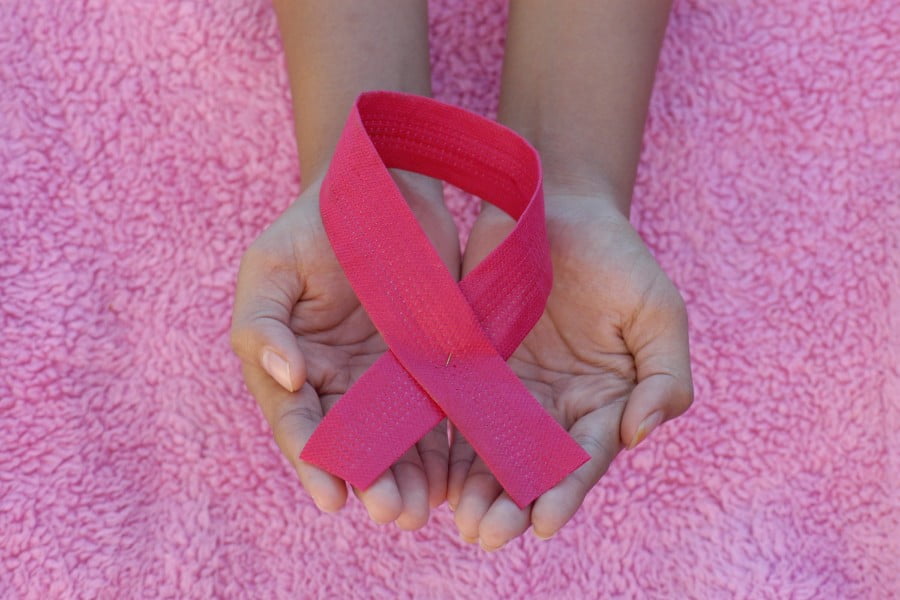
A-type proanthocyanidins are a potent antioxidant, as you’ve surely learned by now. As a result, scientists are investigating if and how they could have anti-cancer qualities. In general, we know that eating a diet rich in non-starchy vegetables and fruits lowers your risk of some malignancies.
8. Cavities Can be Avoided

Although you would not think of cranberries as a cavity-prevention food, research reveals that the same a-type proanthocyanidins that help prevent UTIs can also benefit in other ways. Proanthocyanidins are also responsible for inhibiting the growth of germs in the mouth.
Cranberries may help prevent cavities, gum disease, tooth decay, and oral cancer by reducing the toxic acids in your mouth.
9. Originally, Cranberries Were Known As Ibimi
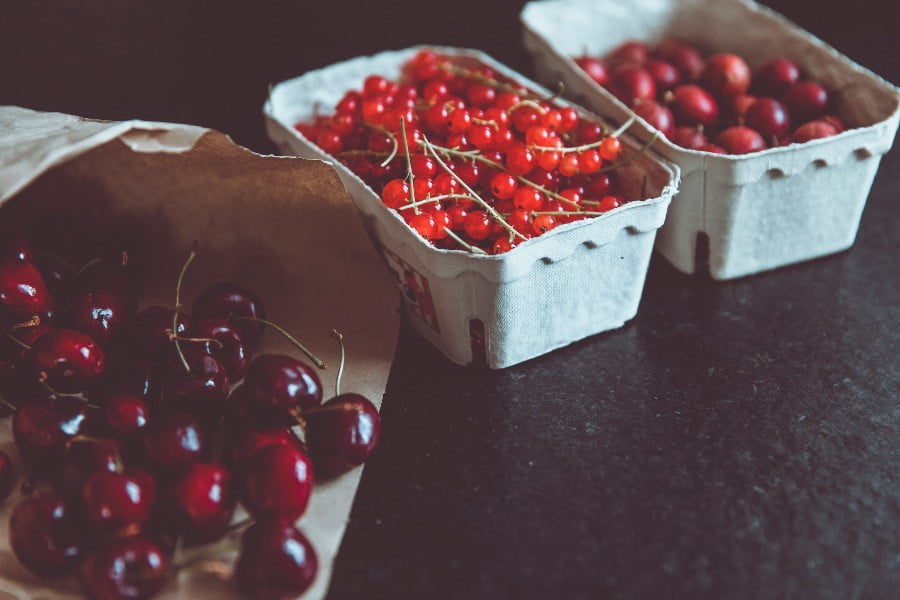
Cranberries were known as “ibimi,” meaning bitter berry, by the Cape Cod Pequots and South Jersey Leni-Lenape tribes. Pemmican was created by combining cranberries with deer flesh.
10. They Have A Low Sugar Content By Nature
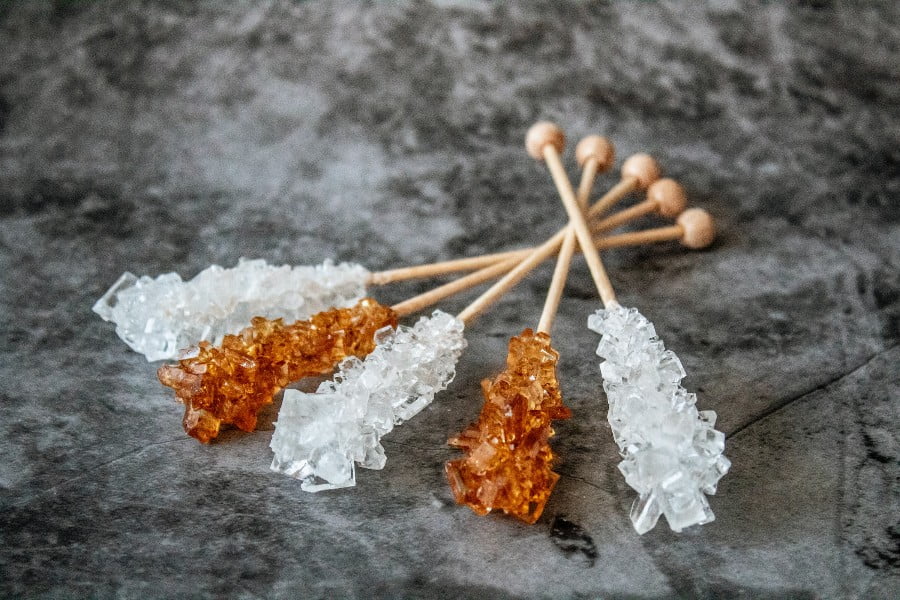
Unlike most other popular berries, which have larger natural sugar content, cranberries have just 4 grams (1 teaspoon) of natural sugars per cup, which will make you pucker.
11. They’re More Than Simply A Sauce Component
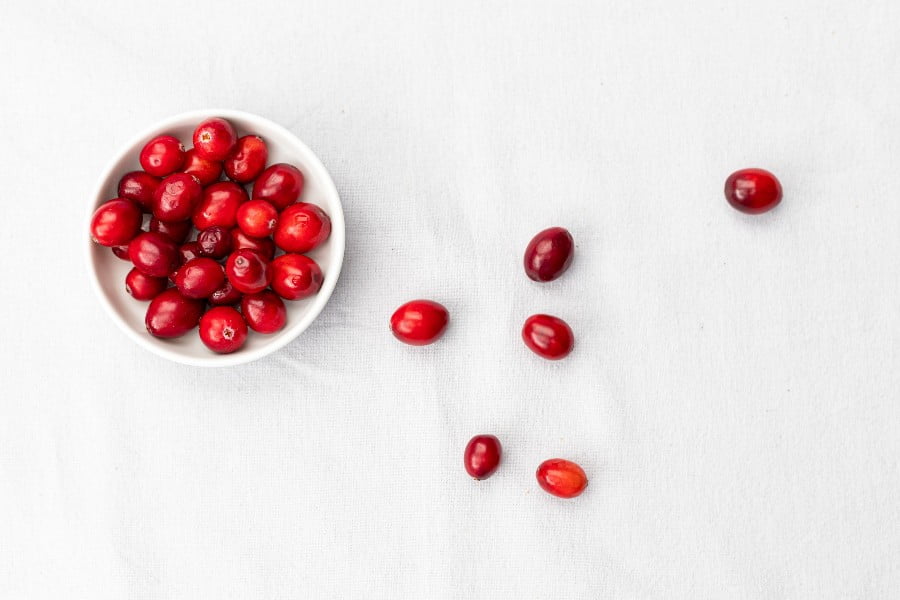
Dried cranberries are available all year and may add flavour to a variety of meals, including breakfast items and baked products. They’re great in hot or cold cereal, pancakes, yogurt, salads, side dishes, salsa, and baked goods.
12. They are incapable of growing in or beneath the water

Cranberries are commonly misunderstood to be cultivated in water. The fruit is really produced on trailing vines in sandy bogs and marshes. Water is utilized during a “wet” harvest because each berry contains an air pocket that allows it to float and be picked easily.
Who knew karonda (Hindi for cranberries) could be so beneficial to your health? If you don’t want to use it in mixed nuts, you can get the same advantages by putting cranberries in oatmeal, chocolate chip cookies, and muffins, or sprinkling a handful on your salad or morning cereal. The superfood goes well with pork and chicken recipes as well.
Read also – 15 Fabulous Unknown Facts About Gordon Ramsay